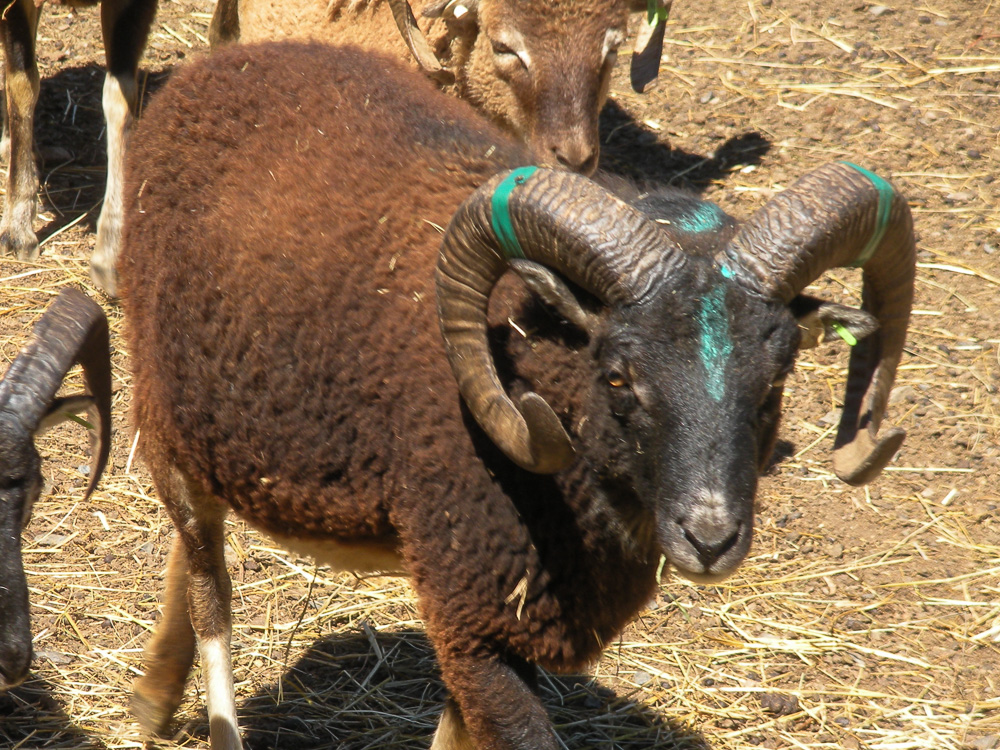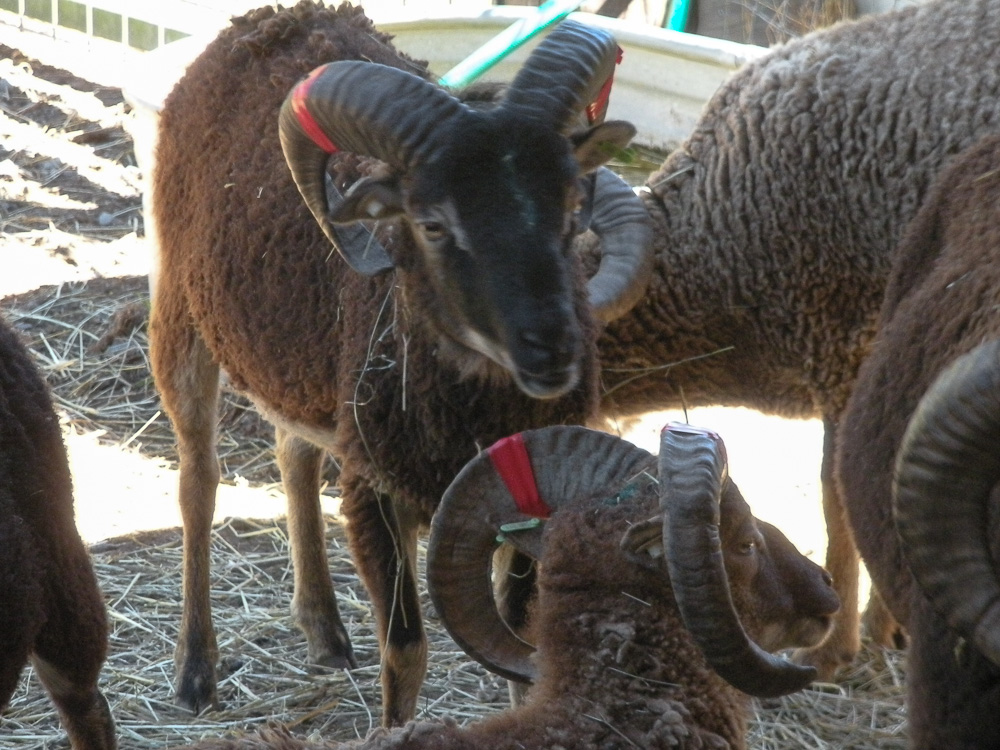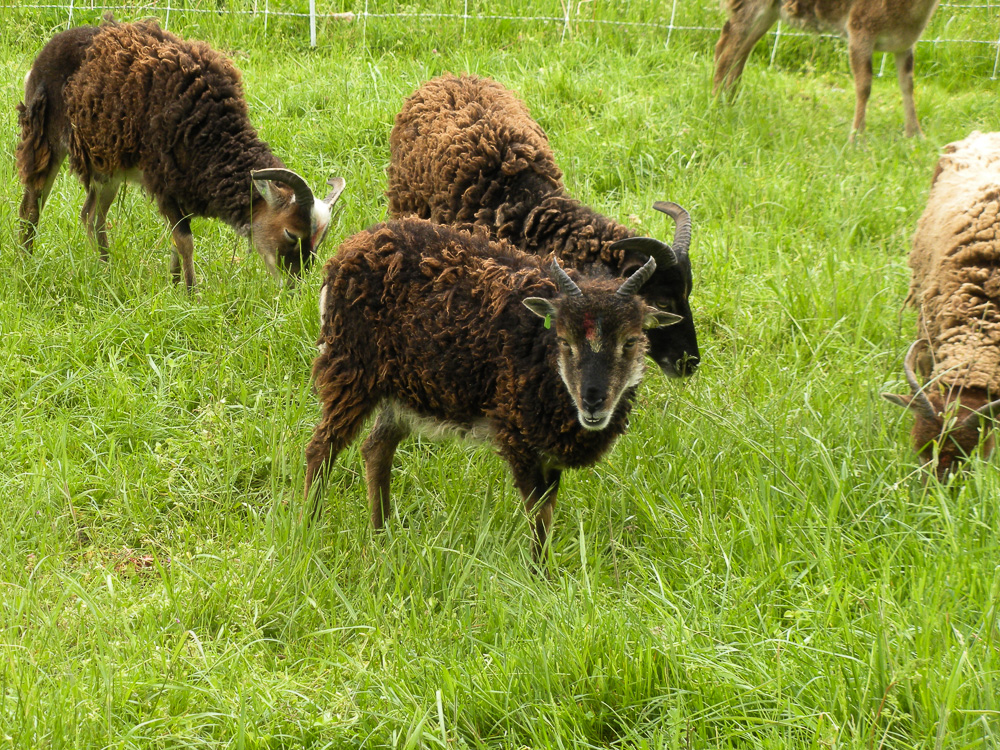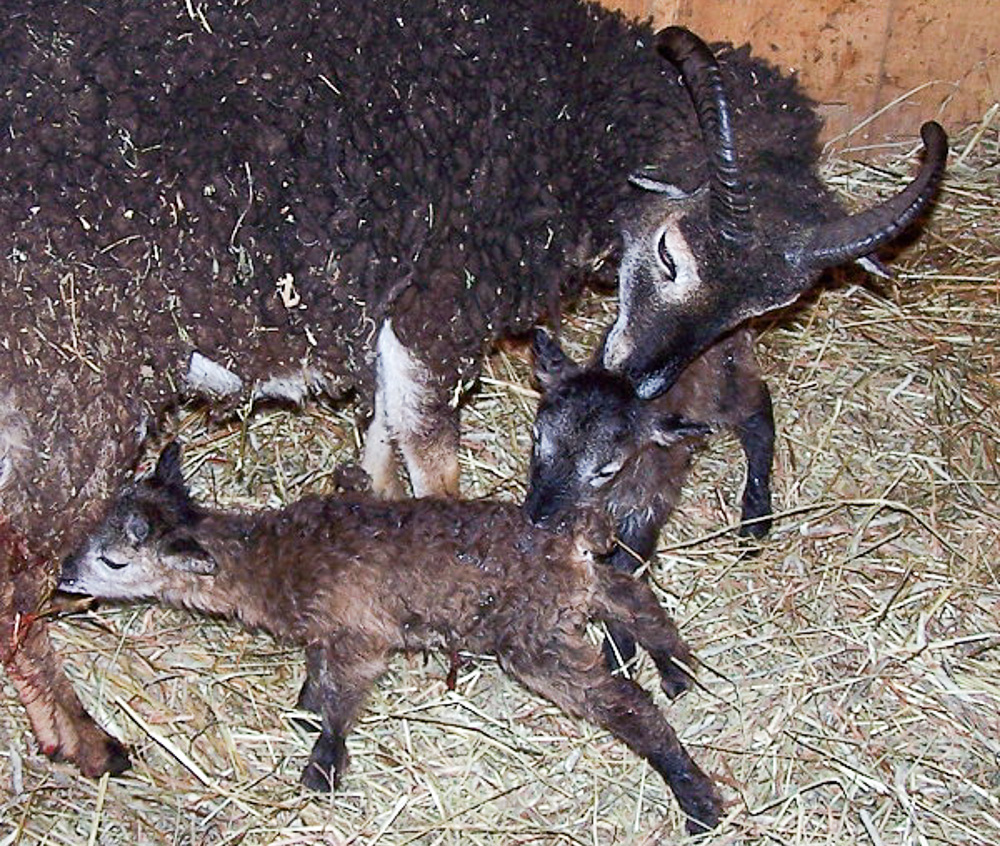Good for the breed …
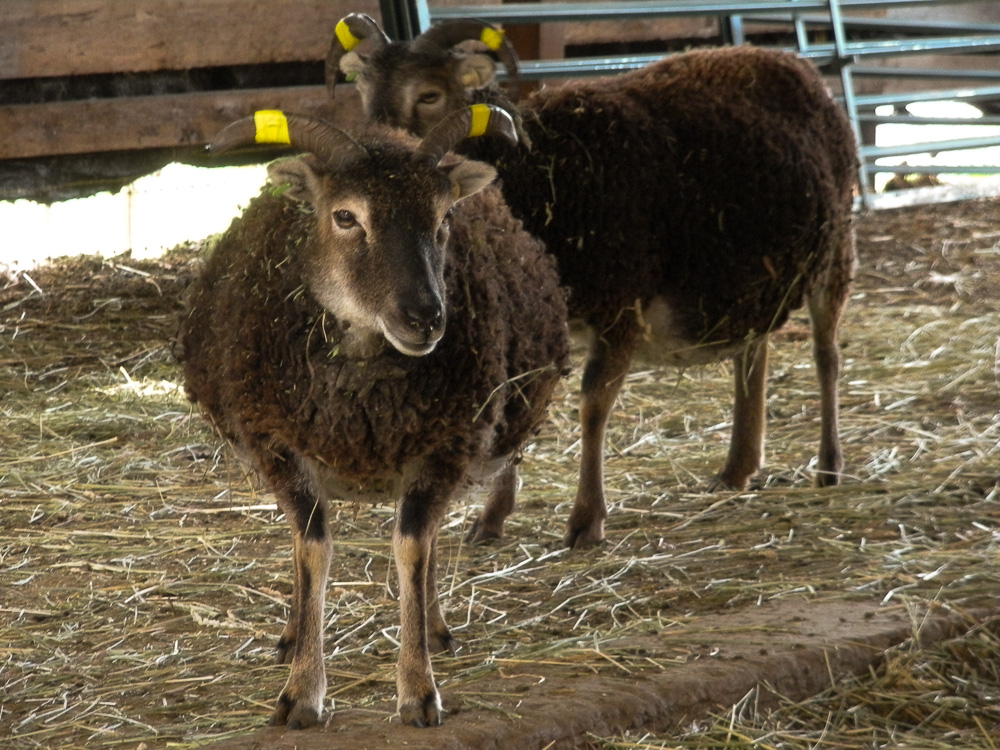 If you are interested enough in acquiring British Soay sheep to have made it
this far on our website, you probably have already read, either here or elsewhere, about the
general notion of conservation breeding and how important it is for the preservation of
rare breeds like Soay sheep. In a nutshell, the various forms of conservation breeding
each seek to ensure that, to the greatest extent possible, all the genes carried by the
current generation of animals will be transmitted to the next generation and the
generations after that.
If you are interested enough in acquiring British Soay sheep to have made it
this far on our website, you probably have already read, either here or elsewhere, about the
general notion of conservation breeding and how important it is for the preservation of
rare breeds like Soay sheep. In a nutshell, the various forms of conservation breeding
each seek to ensure that, to the greatest extent possible, all the genes carried by the
current generation of animals will be transmitted to the next generation and the
generations after that.
… good for the buyer
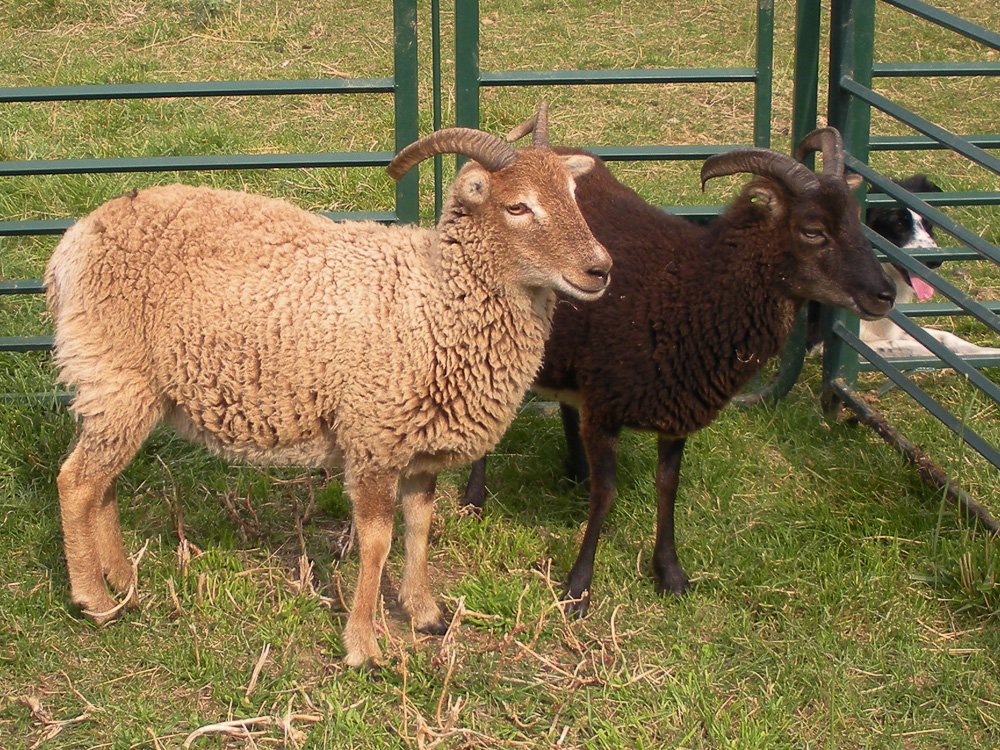 What most discussions of conservation breeding do not focus on, however, is how
important it can be for buyers of Soay sheep. Just as a system like the one we have
implemented on our farm helps to conserve the overall gene pool of Soay sheep, our
particular version of rotational breeding also ensures that the lambs born here
each spring carry as many different combinations of genes as possible. We have the most
genetically diverse crop of adult British Soay sheep in the U.S. and Canada and we breed
carefully to be certain we can provide buyers with lambs of equally rich genetic
heritage.
What most discussions of conservation breeding do not focus on, however, is how
important it can be for buyers of Soay sheep. Just as a system like the one we have
implemented on our farm helps to conserve the overall gene pool of Soay sheep, our
particular version of rotational breeding also ensures that the lambs born here
each spring carry as many different combinations of genes as possible. We have the most
genetically diverse crop of adult British Soay sheep in the U.S. and Canada and we breed
carefully to be certain we can provide buyers with lambs of equally rich genetic
heritage.
Lots of fathers
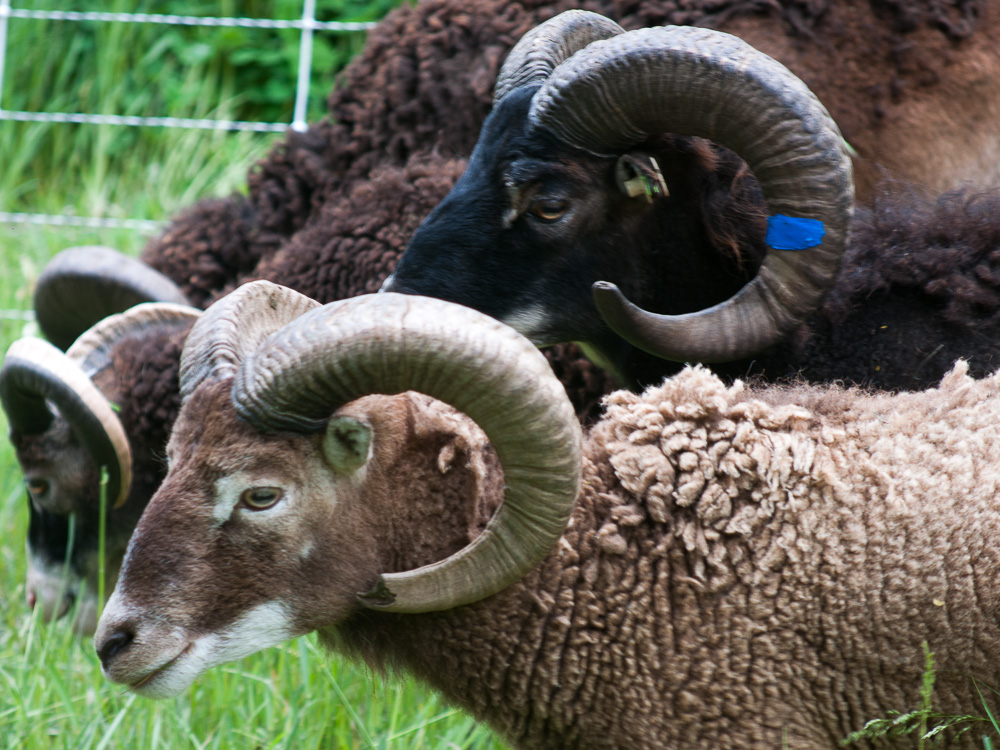 Several aspects of our breeding system provide assurance to our customers
that they are starting, or enhancing, their flock in a healthy and genetically responsible
way. First, we have enough ewes and rams to set up multiple breeding groups each
fall, each serviced by a different ram. Our goal, which we almost always achieve, is to
put together starter flocks in which no two ewe lambs share either a mother (i.e., no
twins are sent to the same new home) or a father (i.e., no half siblings).
Several aspects of our breeding system provide assurance to our customers
that they are starting, or enhancing, their flock in a healthy and genetically responsible
way. First, we have enough ewes and rams to set up multiple breeding groups each
fall, each serviced by a different ram. Our goal, which we almost always achieve, is to
put together starter flocks in which no two ewe lambs share either a mother (i.e., no
twins are sent to the same new home) or a father (i.e., no half siblings).
Ramping up slowly
Some new breeders want to spread out the acquisition of their starter flocks over several years, allowing them to ramp up slowly for economic reasons and to "try out" Soay sheep before making a large time commitment. Because we use rams as breeders for only one season, we can provide lambs in the second, third, and subsequent years that are unrelated to the lambs the buyer bought the first year. We especially welcome these multi-year sales because they have the added benefit of ensuring that the new breeder ends up with optimal genetic diversity from the get-go.
